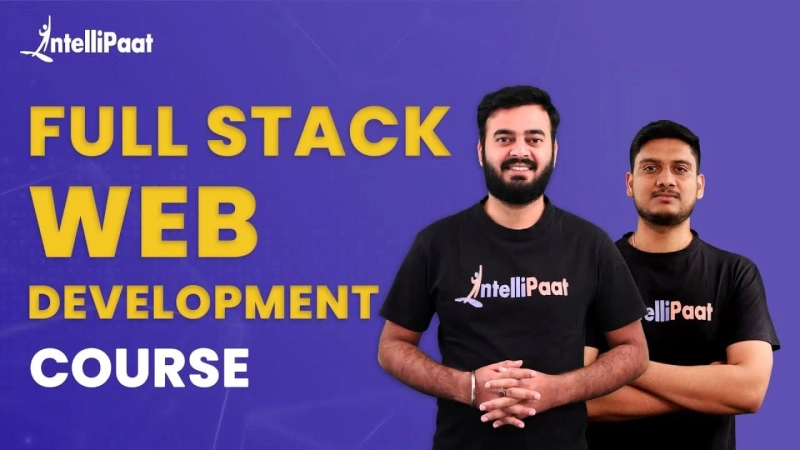Event bubbling and event capturing are two mechanisms used in JavaScript to handle events on HTML elements.
Event capturing refers to the process of capturing an event on the root element of the document and then propagating it down through the DOM hierarchy to the target element. This means that the event is first captured by the outermost element and then progressively moves inward until it reaches the target element.
On the other hand, event bubbling refers to the process of propagating an event from the target element up through its ancestors until it reaches the root element of the document. This means that the event is first handled by the target element and then progressively moves outward until it reaches the root element.
If you\'re interested in learning full stack web development, be sure to check out our popular Full Stack Web Development Course. This comprehensive course covers a wide range of topics, from the basics of HTML, CSS, and JavaScript to more advanced concepts such as Node.js, MongoDB, and React. By the end of the course, you\'ll have the skills needed to build complete web applications and launch your career as a full stack web developer.
In practical terms, event bubbling and capturing determine the order in which event handlers are executed. If you use event bubbling, the event handler attached to the innermost element will be executed first, followed by the event handlers attached to its parent elements. If you use event capturing, the event handler attached to the outermost element will be executed first, followed by the event handlers attached to its child elements.
To specify which mechanism you want to use, you can pass a third parameter to the addEventListener method, which is a Boolean value indicating whether to use event capturing (true) or event bubbling (false, the default). For example:
element.addEventListener(\'click\', myFunction, true); // use event capturingelement.addEventListener(\'click\', myFunction); // use event bubblingIn general, event bubbling is more widely used because it is simpler to understand and works well for most cases. However, event capturing can be useful in some scenarios, such as when you want to intercept an event before it reaches its target element.



